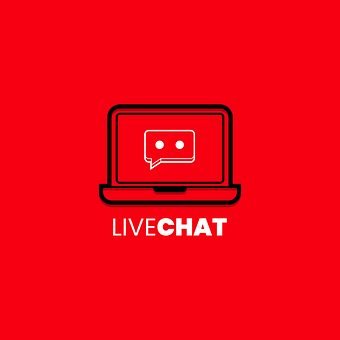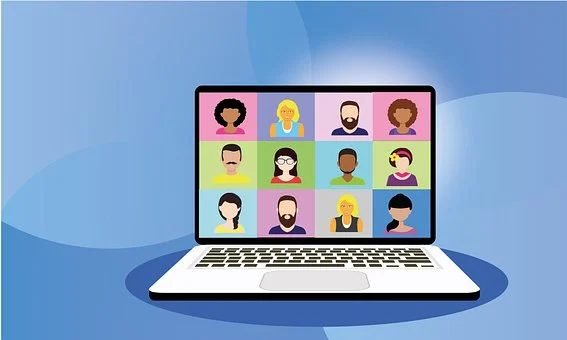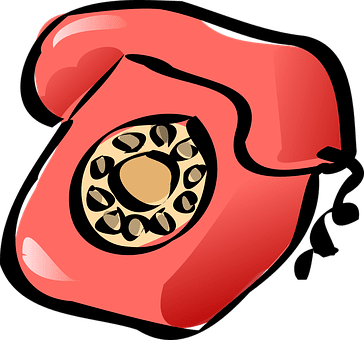Last Updated on February 14, 2023 by
Table of Contents
How is your pipeline looking?
Every experienced marketer out there knows that maintaining a steady flow of quality leads is a top priority.
But lead generation isn’t as easy as simply identifying a potential customers, collecting their information then customizing sales pitches or campaigns for them.
Many of these potential customers are shrewd buyers who prefer self-research over discussions with salespeople. They will hardly part with their contact info unless absolutely necessary. Then, there are hordes of competitors that you need to outshine if your business is to stay afloat.
Tough.
Yes, but navigable.
You’ll need to identify lead generation strategies that capture the interest of businesses in the market with the power and intent to buy from you. Here are five such strategies worth implementing.
1.Leverage Live Chat

Incorporating live chat on your website allows your team to communicate directly with visitors when they land on your website.
They can ask questions and receive responses in real-time. This engagement lets you know their exact requirements so you can provide necessary solutions.
And here’s the best part: interested buyers can initiate the buying process and negotiate with your online support team hastening the process.
The top reasons why live chat works as a lead generation tool include:
- Increases conversions. Live engagements are fast with website visitors receiving responses in record time. This allows them to decide quickly and the support staff can easily connect these visitors to the sales team to drive sales.
- Automates the sales cycle. Support staff proactively collect in-depth business data about visitors by asking direct questions that have been prepared by the sales team. It helps pre-qualify leads whose information is then sent to the sales guys for follow-up or closing.
- Facilitates customer satisfaction. From the ease of accessibility to convenience and speed, live chat revolves around improving customer interactions and satisfaction. That’s what you want for customers and prospects alike, right?
- Create Webinars

Webinars provide opportunities for mining golden leads while adding value to existing and potential customers.
Webinars require people to register their contact information on online forms, which grants you access to them. And here is the thing—no one signs up randomly.
The people who register for webinars are intentional about their actions. They believe you have something valuable to offer them and look forward to receiving it.
It’s a fantastic opportunity to showcase your expertise by highlighting their specific pain points and viable solutions.
How can you maximize this strategy?
- Define your why. Why are you taking this road? To generate leads, right? It may also be to create awareness and build your credibility. You can create educational webinars, case studies, or product demo webinars that resonate with companies you’ve defined as your ideal buyers.
- Collaborate with other businesses that have common interests. Strap along partners whose businesses complement your own to add fresh perspectives and increase your exposure to your partner’s audience. It allows you to reach more people and generate more leads.
- Think about your landing page. It needs to showcase clear deliverables that strike with your audiences immediately and give them a solid reason to register. Craft convincing page titles, and engaging copy, and where possible include a short video explaining the webinar.
- Make Cold Calls

Smart cold calling is a valuable lead generation tactic.
From boosting operational performance to reducing costs or driving stronger results, B2B buyers are always looking for solutions to better their situations.
Research has found that buyers who are in the market actively looking for solutions actually want to hear from vendors.
Great news, right?
If you want to leverage this strategy fully, you may want to consider hiring an SDR within your team or outsourcing to a professional agency. If you choose the in-house route, here are top considerations:
- Determine the purpose of the call. What’s your purpose going in? To schedule a meeting? Get the prospect to agree to a demo or do you want to share crucial industry-relevant information with them? It will help you put together a relevant script.
- What’s your value proposition? Your proposition needs to show how your solutions may help the prospect overcome their concerns. If you have an anecdote or case study that discusses a similar problem that you solved for another brand be sure to share it.
- Be uber-informed. Your prospect probably knows a ton about what you’re selling and may decide to test your knowledge. You don’t just need to know about your products/services but also about industry trends and other issues affecting both your industries.
- Go for your aim. It’s easy to get lost in conversation that you overlook asking for your aim. You need to keep the conversation going after your introductory call, so tailor your conversation in a way that leads to the next step.
- Build a Community Group

As buyers seek online sources they can trust, they turn to community groups for social proof that a vendor is credible and capable.
Then there’s the issue of content overload and stiff competition. Standing out may involve actively building an online community. Essentially, you’ll be working towards attracting crowds of interested people to your brand.
The conversations you start are likely to reach the right audiences and elicit engagement from them
To build an effective online community
- Offer valuable content. Sharing your own content means your audience can find value in the group and may follow or engage you. Make the content digestible to increase comprehension and allow audiences to ask questions or share comments.
- Engage your followers. Keep the community active by generating conversations. And when you do share, don’t post and forget. Be present to answer questions and respond to comments.
- Prioritize usefulness over selling. People don’t like being sold to all the time and will probably disengage if all they find are sales-y posts. Present yourself as a trustworthy voice and thought leader by continuously creating and sharing useful information.
- A/B Testing
With A/B testing you’ll be testing different variables to determine which one helps you achieve your goals more effectively.
Sometimes this can be as simple as trying out two different email subject lines, images, or pop-up windows. You send one version to half of your audiences and the other to the next half and use data collection tools to analyze the results.
Before running the test, you’ll need to determine your evaluation criteria (for uniformity of result-checking) and select your target audience. You’ll also need to create a time schedule to minimize the temptation to draw conclusions prematurely.
Here are some elements you can test:
- Landing pages. Whether the landing page is for sharing downloadable content or tooting an upcoming webinar, test different designs or layouts to see which one drives more engagement.
- CTA buttons. There are plenty of things you can do with your CTA button, from its location to size, style (simple vs. gradient), and even the wording. Start with one variable then move on to other changes over time.
Form fields. It’s natural to want to know much about your prospect up front so you can target them properly, but many prospects are turned off by overly long forms that ask too many detailed questions. Test with different form lengths and shorten your questions to see the impact it has on conversions.
More About Some B2B Lead Generation Strategies
In the world of B2B marketing, generating leads is just the first step. The real challenge is in turning those leads into engaged customers who are willing to do business with your company. This is where B2B lead generation strategies that drive engagement come into play.
One effective strategy for driving engagement is to offer valuable content that speaks directly to your target audience’s pain points and interests. This can be in the form of blog posts, whitepapers, or webinars that provide insightful information and actionable tips. By providing this kind of content, you position your company as a trusted authority in your industry, and you can build a relationship with potential customers.
Another powerful strategy is to use social media to connect with your audience. Social media platforms like LinkedIn and Twitter are ideal for reaching out to decision-makers in your target companies. By sharing valuable content and engaging with your followers, you can establish a strong online presence and build relationships that lead to new business opportunities.
In addition, account-based marketing (ABM) is another effective B2B lead generation strategy. This approach involves targeting specific companies or individuals with personalized content and outreach. By tailoring your messaging to the needs and interests of your target accounts, you can increase engagement and conversion rates.
Overall, successful B2B lead generation requires a combination of strategies that focus on providing value, building relationships, and delivering personalized outreach. By using these tactics, you can create a pipeline of engaged leads that will ultimately lead to increased revenue and business growth.




















